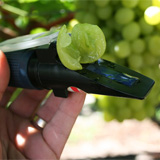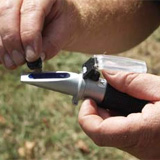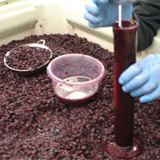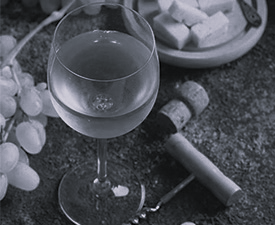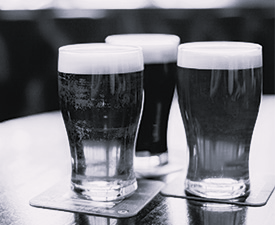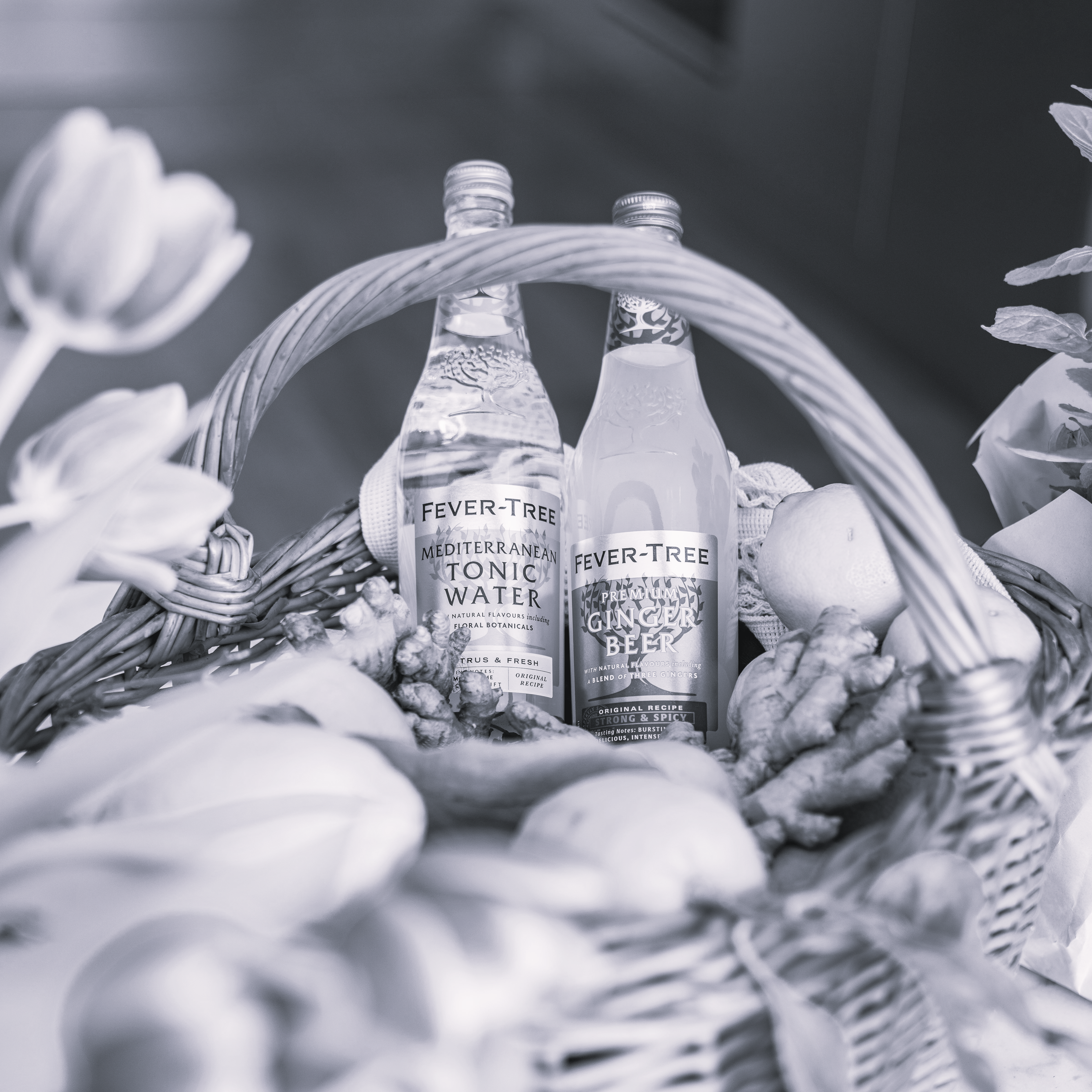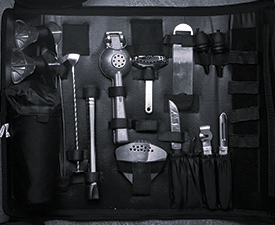The Baume scale is a pair of hydrometer scales developed by French pharmacist Antoine Baume in 1768 to measure density of various liquids. The unit of the Baume scale has been referred to variously as degrees Baume. One scale measures the density of liquids heavier than water and the other, liquids lighter than water. The Baume of distilled water would be 0.
It is convenient because it gives a winemaker an estimate of finished alcohol levels in the grapes. Each 1 degree Baume = 18 g/L of sugar, and when fermented will result in approximately 1% alcohol. Both Baume (Be) and Brix (Bx) scales give a measure of soluble solids in grape juice.
At 20C the relationship between specific gravity (relative density) and degrees Baume is:
For liquids more dense than water: s.g. = 145 / (145 - degrees Baume)
For liquids less dense than water: s.g. = 140 / (130 + degrees Baume)
Brix is named after Adolf Brix, a measure of the concentration of sugar in solution - indicates potential alcohol that may be achieved. Brix (Bx) is defined as the percentage of sugar by weight in a solution. Brix scale is important indicator for maturity of the grape. The traditional method for determination of Brix is by using hydrometer, which will measure the density (specific gravity) of the grape juice. The different yeasts strains have different levels of reduction, so they will all convert different percentages of sugar to alcohol.
Expressed as the % by weight of sugar in solution at a specified temperature: 1.8 Brix = 1 Baume.
1 Brix = 10g/L of sugar. Grapes are generally harvested at 20 to 25 Brix, resulting in alcohol after fermentation of 11.5 to 14 percent.
Currently Brix is the best available indicator to determine when grapes are ready for winemaking. These measures are used to determine the date of harvest. As regular measurements of sugar level during the ripening period can determine time of harvest. Most wineries have a minimum Brix level to be reached for each variety before processing.
